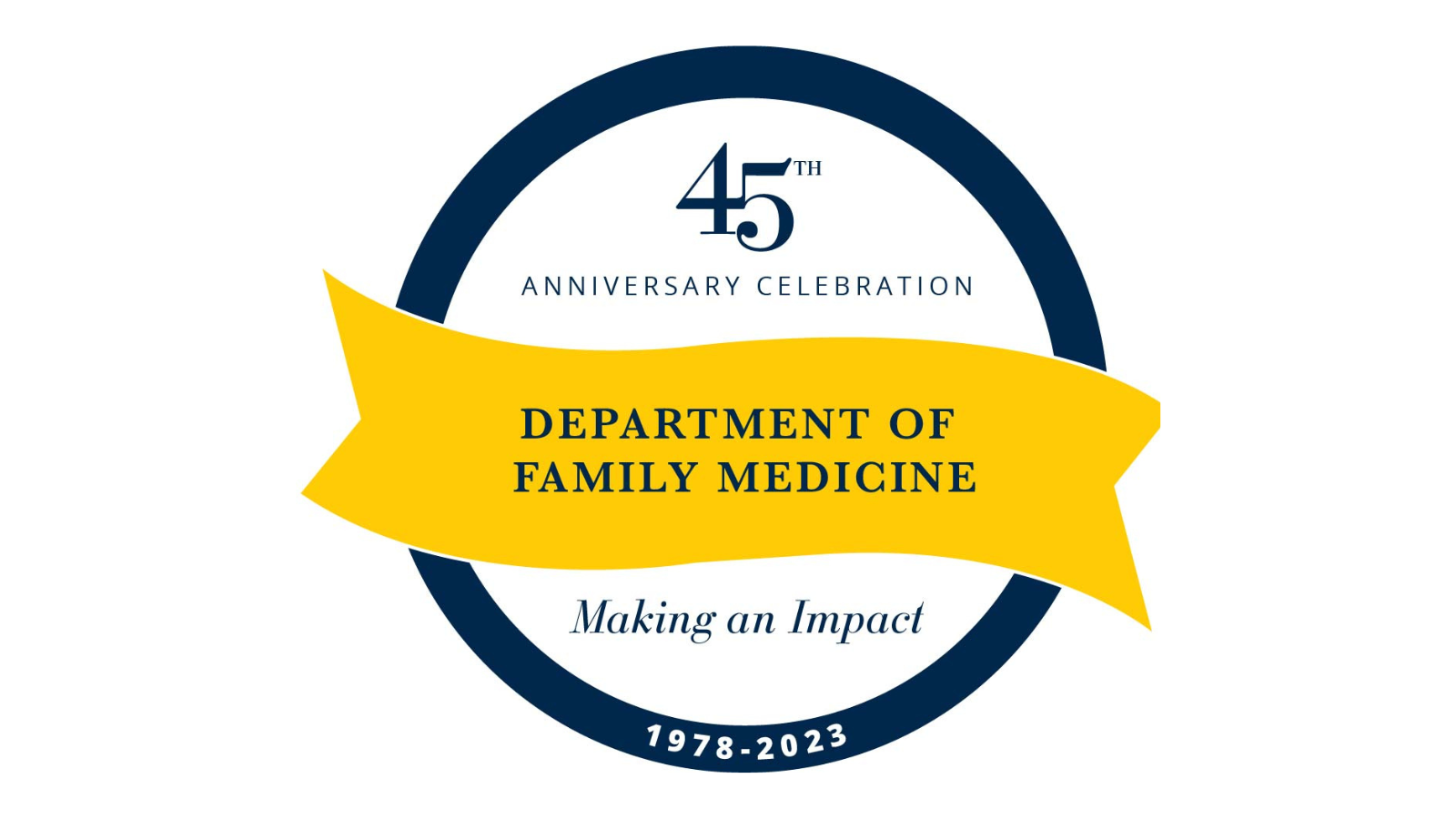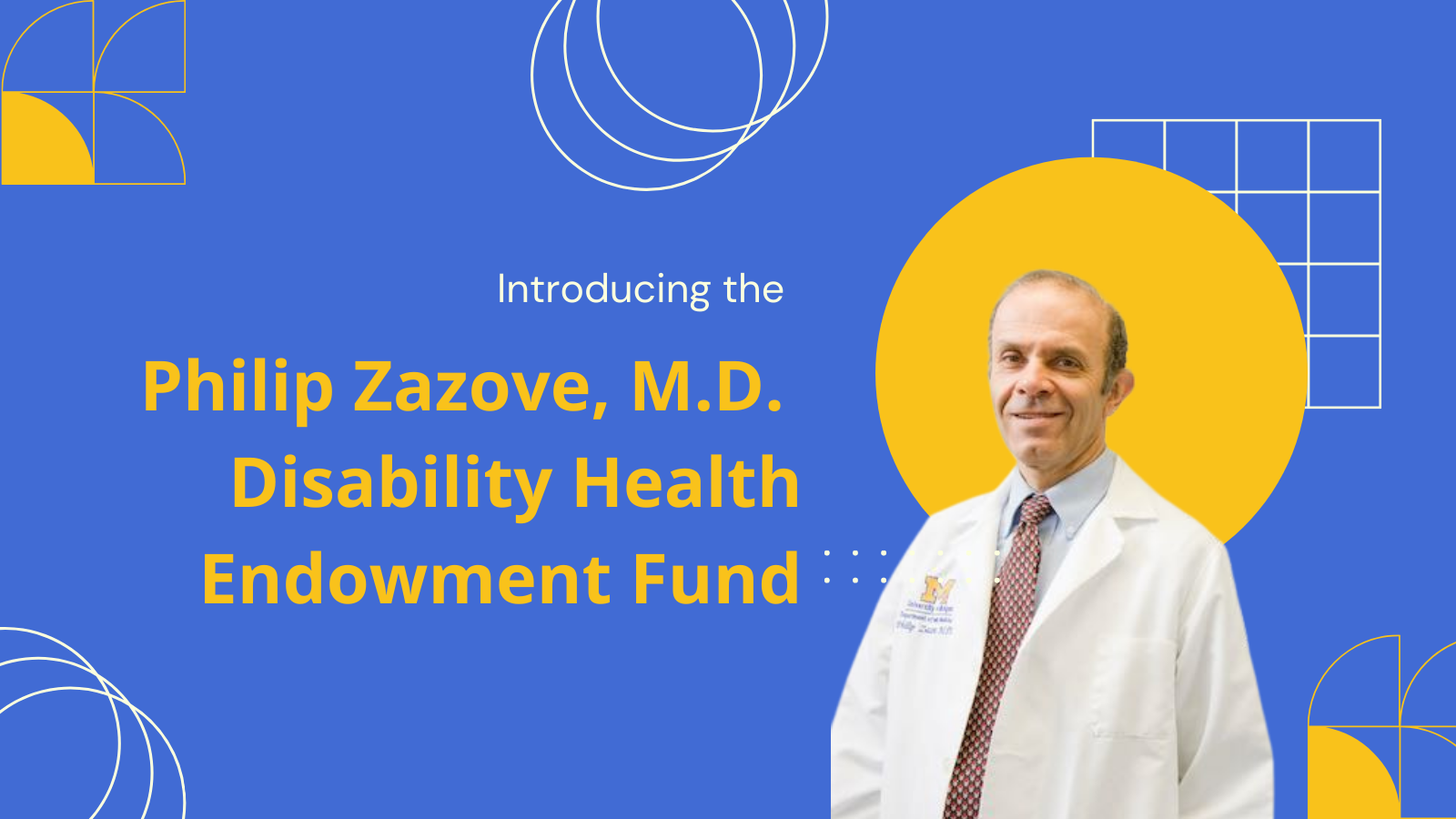
We, the undersigned, find it necessary to respond to uninformed commentary on students with disabilities in the June 26th Forbes article “Disability Accommodation on Campus: Some Unintended Consequences.”
The article describes individuals who identify as having a disability as “fragile, unable to cope with the ordinary business of life like holding a job or going to school.” It cites social security disability checks being disbursed to a growing number of people, and high unemployment despite a decline in work place accidents. Unfortunately, the article conflates two ideas: unemployment and social security disability with the aspiration toward – and trajectory of – full employment for those seeking higher education. The article then attempts to link an increase in students disclosing disabilities in higher education with an increase in unemployment, however, the facts do not support this argument. The most recent data from U.S. Department of Education, National Center for Education Statistics shows that the number of individuals in undergraduate higher education who reported a disability in 2011-12 represented 11.1% compared with 10.9% in the 2007-2008 year. This represents only a .2 percent increase over a period of four years[1].
Degree- or certificate-seeking students who are provided with accommodations that allow continued access to their professional education or reeducation towards a new career path, might very well avoid or emerge from social security disability dependence if given the opportunity to remain employed or seek employment in another career. All too often, however, individuals who are put in decision-making roles have unconscious (or perhaps very conscious) biases that steer them away from hiring equally qualified individuals with disabilities, reducing the employment opportunities for this population.
The article also cites an increase in psychological disabilities in the college population and suggests it is artificially inflated with inappropriate self-reporting of disability. However, research suggests the number of psychological disabilities has increased such that approximately 1 in 5 adults in the U.S.—44.7 million, or 18.3%—experiences mental illness in a given year,[2]while approximately 1 in 25 adults in the U.S.—10.4 million, or 4.2%—experiences a serious mental illness in a given year that substantially interferes with or limits one or more major life activities.[3] Therefore, the number of students presenting with psychological disabilities is likely in direct proportion to the number of US adults presenting with the same issues in the general population—including the workforce. Suggesting that these students are feigning mental health issues is uninformed and misguided. Unfortunately, suicide is the second leading cause of death in individuals 10-34 years old.[4] Students with mental health disabilities who engage in support seeking and the receipt of accommodations to mitigate the impact of their barriers are doing the right thing. Any student who struggles with mental health related concerns and disabilities should reach out for help without apprehension, and without fear of reprisal. The undersigned authors of this response continue to encourage students to engage in support services, including disability support services and counseling that contribute to their wellness.
It is our belief that any increase in disclosure of disability is a sign that students are now feeling safe, and able to disclose disabilities and attend to their disability related needs. We know that attitudes and stereotypes historically served as barriers to disclosure and requesting accommodations. Together, these impact students’ ability to perform, not due to a lack of knowledge or ability on their part, but rather due to the inaccessibility of the institutions. Higher education must continue to move the needle further towards accessibility and inclusion, acknowledging that appropriate accommodations are not providing an advantage, but rather are ensuring that barriers are removed. These accommodations allow a traditionally marginalized and disadvantaged population to engage in higher education, a known pathway to opportunity and employment.
The article suggests that extra time on exams is a “special privilege” provided to students with disabilities. However, if one is evaluating content knowledge, then one’s measure of competency is the final answer—regardless of time. Students enter the exam with a level of competency on the topic; time does not increase that knowledge, only the ability to retrieve it.[5] Testing accommodations are normally administered in a testing center or other identified space where students have the ability to engage with the material under accommodated conditions without any disruption to the classroom. Unfortunately, the example in the article of other students sitting in silence while the student with a disability finished their test reflects, at best, a lack of familiarity with how student accommodations are provided, and at worst, conscious bias.
Valuable student affairs and diversity and inclusion administrators are portrayed in a disparaging manner in this article, referring to them as “power-hungry administrative bureaucrats.” These dedicated personnel work tirelessly to address the often nuanced issues pertaining to diversity, equity, and inclusion on our campuses. Calling them “disability enforcers” and suggesting that their motivations are rooted in a dislike for professors displays a lack of respect and understanding of the profession. This article shifts the focus of these offices to one of financial decision-making, rather than highlighting the critical roles they play in ensuring equity and reducing discrimination in higher education. Unconscious and personal biases can and historically have influenced academic decisions and actions, therefore, offices to address these issues and to educate others of the value of difference, are critical to creating a safe and welcoming culture of inclusion. All higher education institutions should strive to create a learning environment in which everyone can feel valued and thrive.
Language is an important tool in communicating ideas. Therefore, we’d like to offer that the use of language in this article might well be considered paternalistic and as such offensive to the reader and to individuals with disabilities. The article uses inappropriate language to describe the population of students with disabilities, such as “special needs,” and implies that people with disabilities are to be taken care of or pitied, for example, in the following comment, “To be sure, there are some students with genuine special needs that a compassionate society appropriately wants to accommodate, both inside and outside the classroom.” Discourse of this nature situate accommodations as a form of charity, rather than a civil right. Individuals with disabilities attending college are not asking for our pity or to be placated or taken care of; they are simply asking for equal access. Everyone in the US who meets the criteria for entry into a university and is accepted for admission deserves an equal opportunity to learn.
This article highlights the need for more education surrounding the facts about disability and the services afforded students while attending college. An understanding of these facts may serve to reduce unsubstantiated and misguided articles in the media and redirect audiences to the undeniable contributions made by individuals with disabilities after graduation. As an example, the recent twitter campaign #DocsWithDisabilities, run by the Michigan Department of Family Medicine, features the accomplishments and valuable contributions of physicians and medical students with disabilities. Individuals with disabilities in all fields contribute broadly to our workforce when afforded equal educational and employment opportunities.
We hope our response to this article provides an opportunity to educate readers on the facts about disability and disability service provision. We encourage institutions to work in partnership with their disability offices towards a process that includes a robust interaction and respectful balance of maintaining academic rigor and equal access. Most importantly, we ask that students with disabilities not get discouraged by the musings of uninformed authors and that they continue to utilize the programs in place to protect their civil rights and pathways to education.
Lisa M. Meeks, Ph.D.
Lecturer, Department of Family Medicine, University of Michigan Medical School
Institute for Health Policy and Innovation Scholar
President-Coalition for Disability Access In Health Science and Medical Education
AHEAD Board Member
Oluwaferanmi O. Okanlami, M.D., M.S.
Assistant Professor, Departments of Family Medicine and Physical Medicine and Rehabilitation, University of Michigan Medical School
Director of Medical Student Programs in The Office for Health Equity and Inclusion at Michigan Medicine
Chief External Physician Consultant/Abilities Awareness Advocate - Guardian Life Insurance Company of America
Philip Zazove, M.D.
Professor and Chair, The George A. Dean, MD Chair of Family Medicine
Department of Family Medicine, University of Michigan School
Charlotte H. O’Connor, M.Ed.
Learning Specialist, Office of Medical Student Education
University of Michigan
Stuart S. Segal, Ph.D.
Director, Office of Services for Students with Disabilities
University of Michigan
AHEAD-Association on Higher Education and Disability
Huntersville, NC
Jamie Axelrod, M.S.
Director, Disability Resources, Northern Arizona University
ADA Coordinator/504 Compliance Officer
President, Association on Higher Education and Disability
Jane Thierfeld-Brown, Ed.D.
Assistant Clinical Professor, Yale School of Medicine
Yale Child Study Center
Grace C. Clifford
Associate Director, Disability Resources, Case Western Reserve University
Marie Ferro-Lusk, M.B.A., M.S.W., L.S.W.
Manager, Office of Student Disability Services, Rush University
Paul Grossman, J.D.
Chief Regional Attorney, U.S. Dept. of Education, Office for Civil Rights, San Francisco retired AHEAD Board Member
Kurt Herzer, M.D., Ph.D.
Physician
Neera Jain, M.S., CRC
Board Member, Coalition for Disability Access in Health Science and Medical Education
Doctoral Candidate, University of Auckland
Faculty of Education and Social Work
Christine Low, M.S.W., LCSW-R
Faculty, Department of Environmental Medicine and Public Health, Icahn School of Medicine at Mount Sinai
Director, Disability Services
Treasurer, Coalition for Disability Access In Health Science and Medical Education
Nicole Ofiesh, Ph.D.
Director, Schwab Learning Center, Stanford University
Michelle Rigler, Ed.D.
Director, Disability Resource Center
The University of Tennessee Chattanooga
Jan Serrantino, Ed.D.
Disability Services Director, Retired
University of California, Irvine
President Elect, Coalition for Disability Access in Health Science and Medical Education
Jo Anne Simon, J.D.
Jo Anne Simon, P.C.
Brooklyn, New York
Linda Sullivan, M.A.
Director of Accessibility Services
Harvard University
Division of Continuing Education
[3] http://www.nimh.nih.gov/health/statistics/prevalence/serious-mental-illness-smi-among-us-adults.shtml
[4] CDC Fatal Injury Data Visualization.
[5] Ofiesh, N.S., & Hughes,C.A. (2002). How Much Time?: A Review of the Literature on Extended Test Time for Postsecondary Students with Learning Disabilities. Journal of Postsecondary Education and Disability, 16, 2-16


